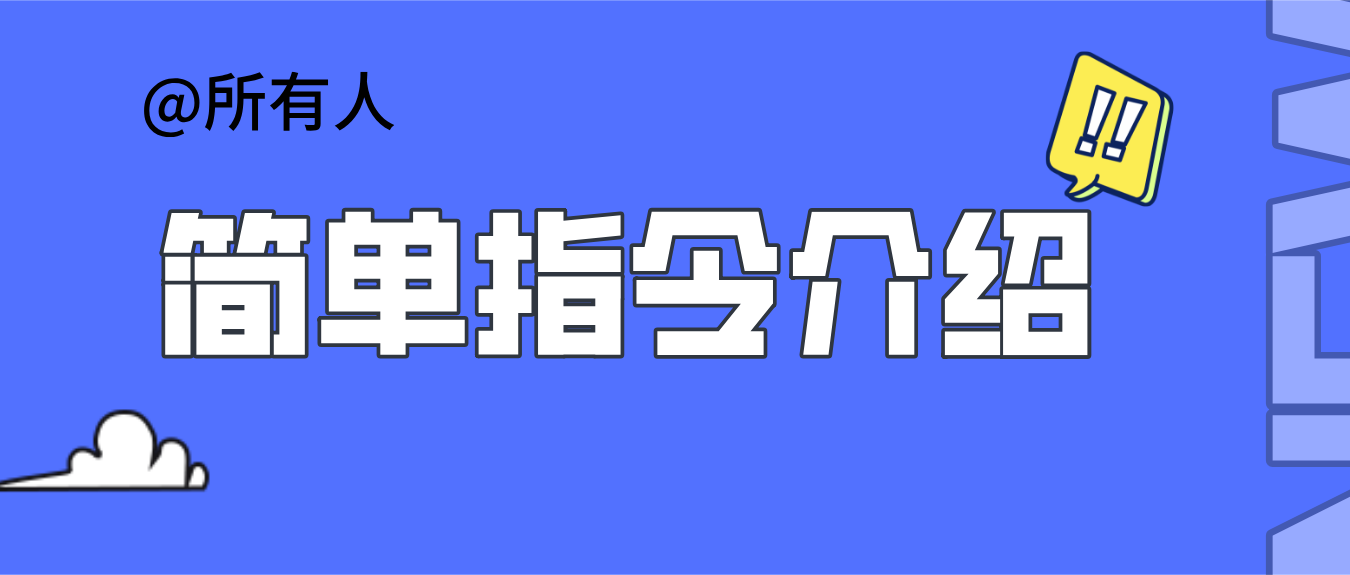vue 入门:简单指令介绍

本教程为入门教程,如有错误,请各位前端大佬指出。
1.为什么使用 vue
业务越来越复杂,更多操作在前段进行。
渐进式
不需要操作 dom
双向绑定
环境构建方便
组件开发
社区活跃
2.vue 入口
main.js 为主入口
复制代码
3.基本指令
1.{{}}与 v-html
用于打印与输出。
复制代码
2.v-bind
v-bind 就是用于绑定数据和元素属性的。
复制代码
3.class 与 style
class 的绑定方式。
复制代码
4.观察指令 method 和 computed
method 和 computed 区别:
我们可以将同一函数定义为一个方法而不是一个计算属性。两种方式的最终结果确实是完全相同的。然而,不同的是计算属性是基于它们的响应式依赖进行缓存的。只在相关响应式依赖发生改变时它们才会重新求值。这就意味着只要 msg还没有发生改变,多次访问 showMessage计算属性会立即返回之前的计算结果,而不必再次执行函数。
函数执行需要 数据属性里面的 message 值作为参数。
● 如果使用 methods 执行函数,vue 每次都要重新执行一次函数,不管 msg 的值是否有变化;
● 如果使用 computed 执行函数,只有当 msg 这个最初的数据发生变化时,函数才会被执行。(依赖-监测数据变化)
复制代码
5.条件渲染
v-if,v-else 顾名思义,判断是否可以显示。
复制代码
v-if:每次都会重新删除或创建元素,具有较高的切换性能消耗;
v-show:每次切换元素的 display:none 样式,具有较高的初始渲染消耗。
v-show 只编译一次,后面其实就是控制 css,而 v-if 不停的销毁和创建,故 v-show 性能更好一点。
复制代码
6.列表输出
v-for 用于循环列表。
复制代码
7.数组更新
注意:filter()、concat() 和 slice()不发生更新。
复制代码
8.事件处理
v-on:当执行 xx 动作时执行 xx 函数。
复制代码
9.事件修饰
复制代码
10.键盘事件
复制代码
其余键盘操作介绍:
复制代码
11.表单输入
双向数据绑定指令 lazy,number,trim。
复制代码
复制代码












评论